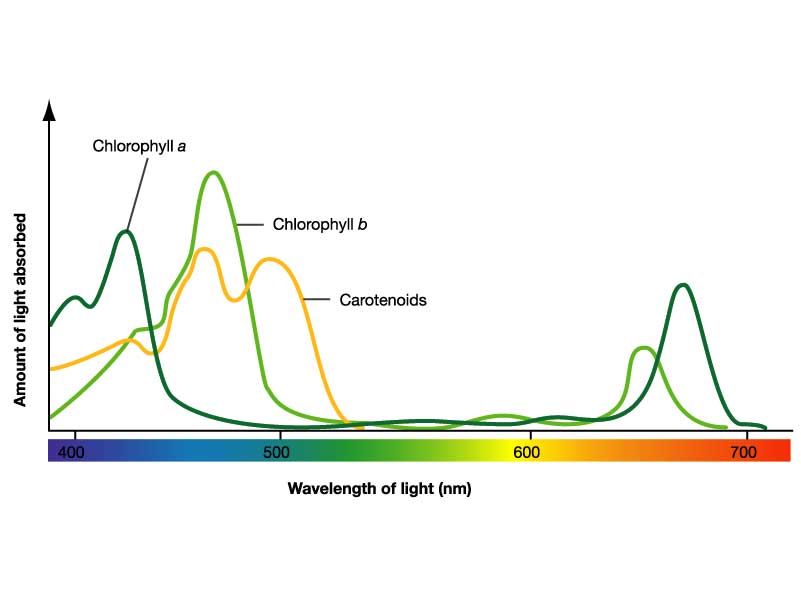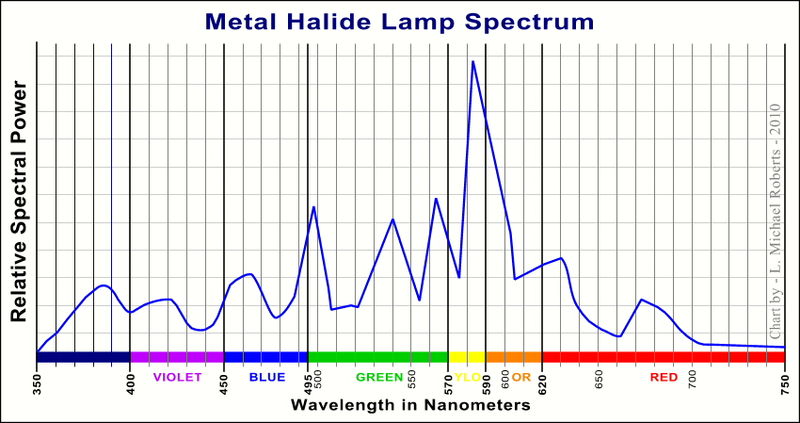Wavelength, LED, and PAR
LED is getting more popular in our region, Bill and I had a brief discussion about wave length needed for SPS and LED selection before the meeting last time.
Here's the list of links and notes I got when I built my light.
====PAR
Lighting In Reef Tanks: Some Actual Data
Feature Article: Lighting In Reef Tanks: Some Actual Data — Advanced Aquarist's Online Magazine
How Much Light?! Analyses of Selected Shallow Water Invertebrates' Light Requirements
Feature Article: How Much Light?! Analyses of Selected Shallow Water Invertebrates' Light Requirements — Advanced Aquarist's Online Magazine
MAX PAR for some SPS, it means the certain type doesn't absorb more than the amount of PAR.
Acropora cervicornis 281
Acropora cervicornis 331
Acropora digitifera 387
Acropora divaricata 77
Acropora formosa 340
Acropora gemmifera 340
Acropora granulosa 107
Acropora microphthalma 300
Acropora millepora (coenosarc) 190
Acropora millepora (polyp) 230
Acropora nobilis (coenosarc) 310
Acropora nobilis (polyp) 180
Anthopleura elegantissima (anemone) None @ 540
Cyphastrea serialia (coenosarc) 150
Cyphastrea serialia (polyp) 150
Montipora tuberculosa (coenosarc) 180
Montipora tuberculosa (polyp)
Pocillopora damicornis 225
Pocillopora eydouxi 323
Porites cylindrica 200
Stylophora pistillata 600-2000
Stylophora pistillata (shade) 200
Stylophora pistillata (light) 300
====Wave Length Needed for coral photosynthesis
The following Chart looks different than the PAR reader's Chart

The Par Reader Chart can be found at
Apogee Instruments Quantum Sensor - Spectral Response

chlorophyll f is a fairly new finding, I guess that's why Par meter didn't include it.
link: Chlorophyll F, a newly discovered photosynthetic pigment uses infrared light
====LED
Someone once told me, light is food to Coral, and the coral has different mouths for different food.
1.chlorophyll a(let's call it Chinese food mouth)
2. chlorophyll b(American maybe?)
3. Carotenoids(italian)
4. chlorophyll f(maybe)(Mexcican sounds good?)
The reason why MH is better is because it covers a wide range of wavelength. in the other word, it's like a international's market.. it feeds all the mouths of a coral.

The most commonly used Cree LEDs are XP-G and XP-E
their spectrum look like this

compare these 2 to the Wave Length Needed for coral photosynthesis chart, you can see corals like to eat from
1. XP-E Royal Blue
2. XP-E Blue
3. XP-G Cool White(5000-8300K)
4. XP-G Neutral White (3700-5000K)
5. XP-G Warm White. (2600-3700K), maybe not that much of this.
It's nice to mix 1, 2, 3, 4 in a light fixture, not saying you can't just use let say 1 and 3, but it will just be more efficient if you have more variates available. It just reduce the time needed for the coral to get full.
That's the conclusion of my note. any comments and questions are welcomed.
LED is getting more popular in our region, Bill and I had a brief discussion about wave length needed for SPS and LED selection before the meeting last time.
Here's the list of links and notes I got when I built my light.
====PAR
Lighting In Reef Tanks: Some Actual Data
Feature Article: Lighting In Reef Tanks: Some Actual Data — Advanced Aquarist's Online Magazine
How Much Light?! Analyses of Selected Shallow Water Invertebrates' Light Requirements
Feature Article: How Much Light?! Analyses of Selected Shallow Water Invertebrates' Light Requirements — Advanced Aquarist's Online Magazine
MAX PAR for some SPS, it means the certain type doesn't absorb more than the amount of PAR.
Acropora cervicornis 281
Acropora cervicornis 331
Acropora digitifera 387
Acropora divaricata 77
Acropora formosa 340
Acropora gemmifera 340
Acropora granulosa 107
Acropora microphthalma 300
Acropora millepora (coenosarc) 190
Acropora millepora (polyp) 230
Acropora nobilis (coenosarc) 310
Acropora nobilis (polyp) 180
Anthopleura elegantissima (anemone) None @ 540
Cyphastrea serialia (coenosarc) 150
Cyphastrea serialia (polyp) 150
Montipora tuberculosa (coenosarc) 180
Montipora tuberculosa (polyp)
Pocillopora damicornis 225
Pocillopora eydouxi 323
Porites cylindrica 200
Stylophora pistillata 600-2000
Stylophora pistillata (shade) 200
Stylophora pistillata (light) 300
====Wave Length Needed for coral photosynthesis
The following Chart looks different than the PAR reader's Chart

The Par Reader Chart can be found at
Apogee Instruments Quantum Sensor - Spectral Response

chlorophyll f is a fairly new finding, I guess that's why Par meter didn't include it.
link: Chlorophyll F, a newly discovered photosynthetic pigment uses infrared light
====LED
Someone once told me, light is food to Coral, and the coral has different mouths for different food.
1.chlorophyll a(let's call it Chinese food mouth)
2. chlorophyll b(American maybe?)
3. Carotenoids(italian)
4. chlorophyll f(maybe)(Mexcican sounds good?)
The reason why MH is better is because it covers a wide range of wavelength. in the other word, it's like a international's market.. it feeds all the mouths of a coral.

The most commonly used Cree LEDs are XP-G and XP-E
their spectrum look like this
compare these 2 to the Wave Length Needed for coral photosynthesis chart, you can see corals like to eat from
1. XP-E Royal Blue
2. XP-E Blue
3. XP-G Cool White(5000-8300K)
4. XP-G Neutral White (3700-5000K)
5. XP-G Warm White. (2600-3700K), maybe not that much of this.
It's nice to mix 1, 2, 3, 4 in a light fixture, not saying you can't just use let say 1 and 3, but it will just be more efficient if you have more variates available. It just reduce the time needed for the coral to get full.
That's the conclusion of my note. any comments and questions are welcomed.
Last edited:















